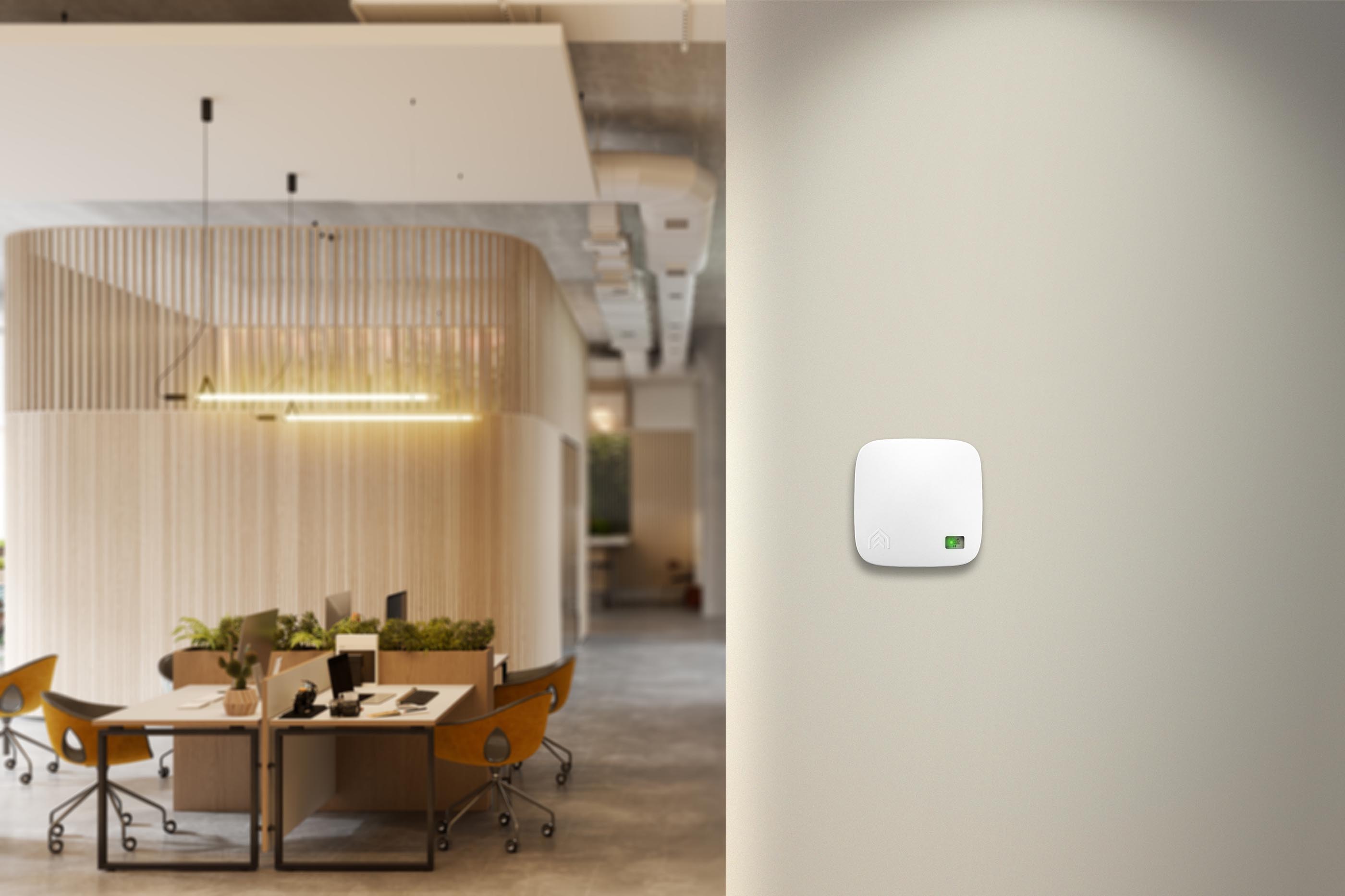
Support
Get help with setting up and using AirSuite sensors and software.
Measurement & Reporting Intervals
How often your sensors take measurements and record them to the Cloud
What are they?
No matter which kind of device you have, all AirSuite sensors are designed to capture super high-resolution data, suitable for scientific analysis and all kinds of reporting purposes. We don’t compromise on quality, security, ease of access, or even battery life.
There are two numbers to be aware of: the measurement interval and the reporting interval:
- The measurement interval is the length of time between when the device takes a new measurement.
- The reporting interval is the length of time between when the device reports each batch of measurements to the Cloud.
AirSuite uses super high-resolution measurement intervals on all devices. The reporting interval has the biggest impact on your sensor’s battery life, and we can adjust this for you if needed.
Measurement Intervals
AirSuite sensors typically take a point-in-time measurement, once per measurement interval, with a few exceptions. The default interval between each sensor measurement is dependent on the type of network connectivity your device has:
- Wi-Fi - once per 10 seconds.
- LTE - once per minute, except for CO₂, which is measured once per 5 minutes.
What are the exceptions to the standard measurement intervals?
Sound is not a point-in-time measurement, and the behaviour differs between Wi-Fi and LTE devices:
- For Wi-Fi devices, sound is measured constantly for 10 seconds during the measurement interval. The sound level reported is the average from the 10-second interval.
- Rest assured: all data is processed on the device, and we only ever send a single decibel reading to the Cloud - never recordings - so it’s impossible for AirSuite staff, or other malicious actors, to hear your conversations.
- For LTE devices, sound is measured for 1 second out of every minute, and the sound level reported is the average from the 1-second interval.
- While you might be worried that these short measurements could miss some noise, our tests in real-world environments, including schools and offices, tell us that this is usually not the case: when averaged over 15-minutes, or hourly, the measurements tend to be equivalent to those taken by higher-resolution devices.
On all devices equipped with Particulate Matter (PM), PM measurements are taken once every 15 minutes. PM is an ‘active’ sensor, meaning it needs to briefly run a fan to move air through the sensor when it takes a measurement. We limit PM measurements to once per 15 minutes so that the usage of the fan doesn’t have an impact on any other sensor measurements, such as the temperature or sound - and so that it’s not constantly droning away behind you!
Can measurement intervals be configured?
We’ve selected these measurement intervals because they have the best balance of accuracy and power consumption in most situations. However, in special cases, we may be able to customise them for your organisation through an over-the-air update. Let us know if we can help you with this.
Where can I see my measurements?
There are three ways:
- In-person, on the e-paper display of your AirSuite™ Glance sensor.
- In real-time on the AirSuite™ Monitor mobile app.
- Remotely via our Cloud-based interface - for exporting data, reporting, insights, and trends - AirSuite™ Monitor Portal.
Reporting Intervals
For LTE devices, the default time between capturing the data on your device and new data appearing in the AirSuite™ Monitor Portal - i.e. when your data is reported to the Cloud - is once every 15 minutes.
For Wi-Fi devices, you get immediate reporting (the same as your measurement frequency).
Can the default reporting interval be changed?
Yes - if needed, we can adjust the reporting time for you to half-hourly, hourly, or as infrequent as once per 24 hours, if you wish to extend the battery life of your AirSuite sensors.
How can you extend the battery life of your AirSuite sensors even further?
If a primary concern is power consumption, we can configure the reporting frequency in various ways. You can opt to report during times people are using your building or facility: for example, you could change reporting hours from 24/7 to between the hours of 8am and 5pm, Monday to Friday. To take that one step further, you may also decide you only need to report once a day, which could add an extra couple of years to the default battery life.
To clarify, changing your reporting intervals will not impact the measurement frequencies - your devices will continue to measure data at the standard rate.
Please note that adjusting your reporting frequency may impact your ability to receive real-time alerts. Talk to us about how we can configure your sensors optimally to suit your situation.
How often does the AirSuite™ Glance display update?
The AirSuite™ Glance display updates every 5 minutes, when the following conditions are met:
- The space must be lit (i.e. light level greater than 0 lux).
- One or more measurements must have significantly changed since the last time the display updated (e.g. temperature changed by 1°C, or CO₂ changed by 100ppm, and so on).
How can I export my data from the AirSuite™ Monitor Portal?
You can export your summarised data in various ways - simply choose the most appropriate resolution for your analysis. We can help you make this decision if you’re unsure.
What happens in a network outage - is there a risk of data loss?
During outages, all AirSuite devices continue to measure data at the same intervals, for up to 24 hours. Your data will be uploaded to the Cloud as soon as the connection is restored.
Before we go, here’s a recap of the main points:
- Your sensors’ default measurement and reporting intervals are configured to optimise battery life, without sacrificing accuracy.
- We can configure the reporting interval for you, if needed, to achieve your battery life targets.
- There are three ways you can view data from your AirSuite sensors depending on your location and requirements: on the display, via the mobile app, and through the Cloud-based Portal.
- During outages, your data is still safe, as AirSuite sensors continue to measure environmental variables at the same intervals. Once connection is restored, the data will be sent to the Cloud.
Alerts
- Configure alert thresholds
- Email Notifications
- Manage Alerts
- Mobile App Notifications
- Our Recommendations
Connectivity
- Battery Life
- LTE Coverage Guide
- Over-the-air Updates
- Troubleshoot Inactive LTE devices
- Troubleshoot Inactive Wi-Fi devices
- Wi-Fi Access Point Compatibility
- Wi-Fi or LTE?


